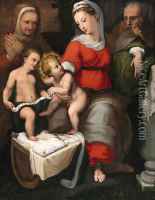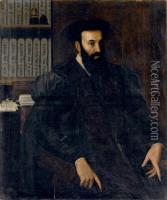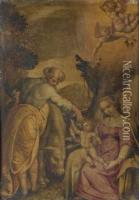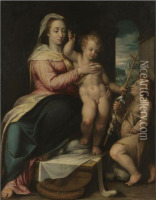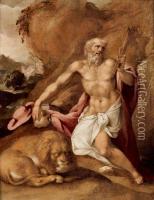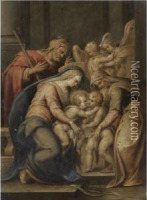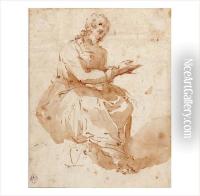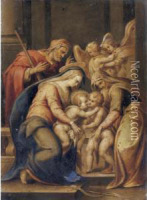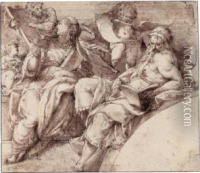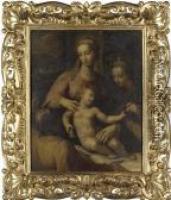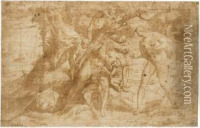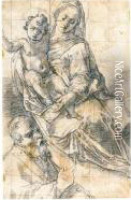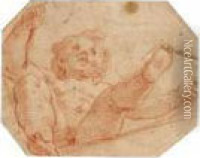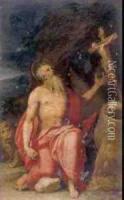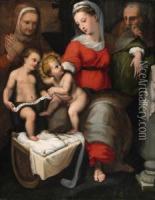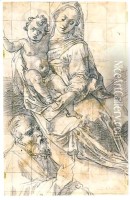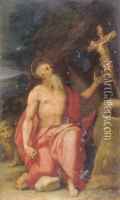Lorenzo Sabatini Paintings
Lorenzo Sabatini, also known as Lorenzo Sabbatini or by his Latin name Laurentius Sabatinus, was an Italian painter of the Renaissance period, born in 1530 in Bologna. He was a prominent artist of the Bolognese School and was influenced by the works of Pellegrino Tibaldi and Michelangelo. Sabatini began his training under the guidance of Giovanni Battista Bertucci in his native city before moving to Rome in 1565.
In Rome, Sabatini's talent flourished as he became involved with the Mannerist movement, which was characterized by the elongation of figures, complex composition, and a departure from classical norms. His work in Rome included contributions to the Vatican and other churches, where he worked under the patronage of Pope Pius V and later Gregory XIII. Sabatini was part of a team of artists who decorated the Vatican's Sala Regia and the Hall of Saint Petronilla. He is also credited with frescoes in the Roman church of San Silvestro al Quirinale.
Sabatini's style is noted for its graceful figures, strong use of color, and incorporation of classical and religious themes. He often painted altarpieces and frescoes that were rich in iconography and reflective of the Counter-Reformation's emphasis on clear, didactic religious art.
Tragically, Lorenzo Sabatini's life was cut short when he died of a fever in Rome in 1576, at the age of 46. Despite his relatively short career, he left behind a significant body of work that continued to influence artists in Bologna and beyond. His legacy can be seen in the works of subsequent Bolognese painters such as Ludovico Carracci and Annibale Carracci, who carried forward the lessons of Sabatini's Mannerist style.
